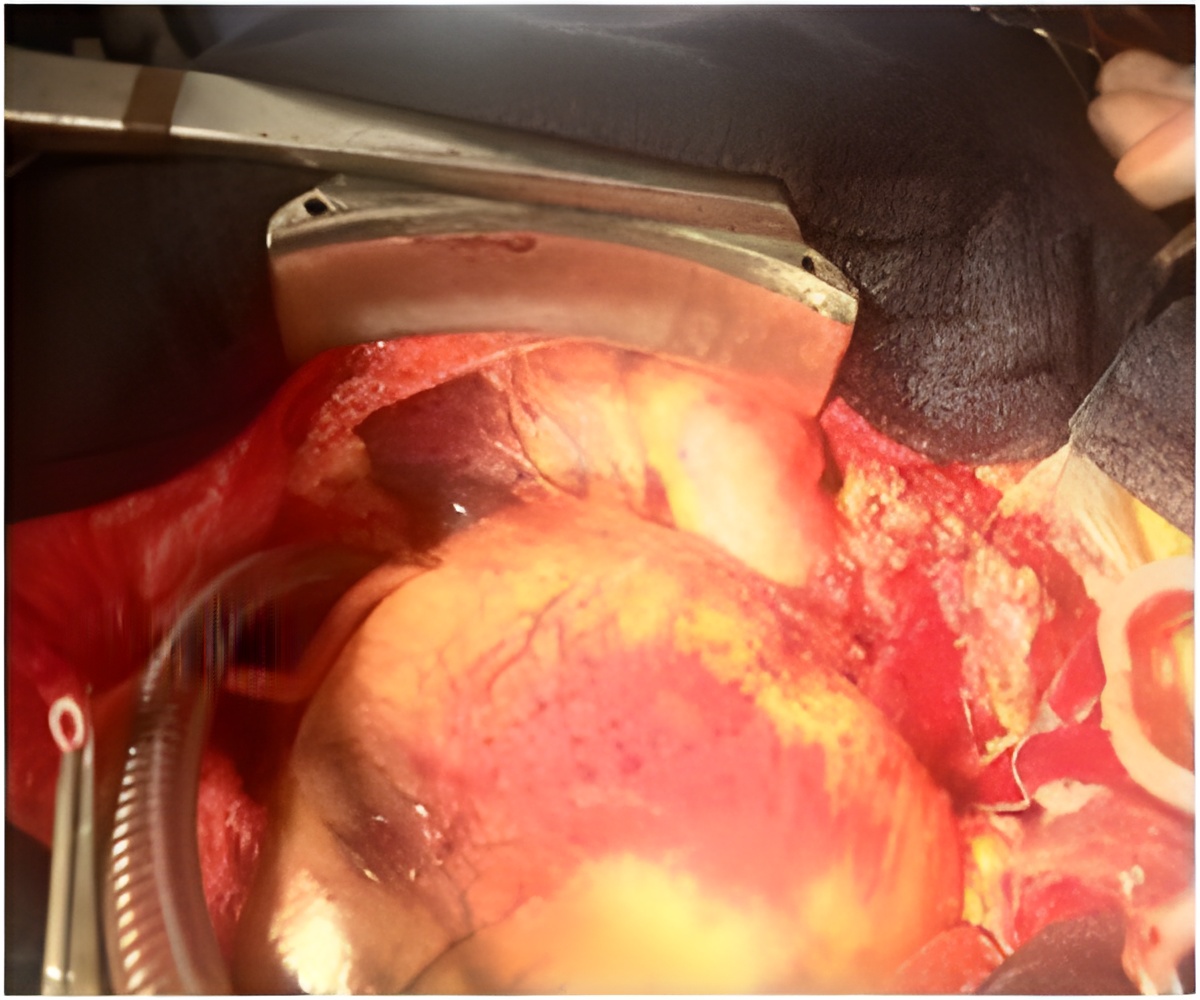Researchers have long anticipated that heart cells-the most sought-after cells in regenerative medicine-may help to repair injured hearts by replacing lost tissue and save millions of lives.

Now, a team at the Perelman School of Medicine at the University of Pennsylvania is the first to demonstrate the direct conversion of a non-heart cell type into a heart cell by RNA transfer.
Working on the idea that the signature of a cell is defined by molecules called messenger RNAs (mRNAs), which contain the chemical blueprint for how to make a protein, the investigators changed two different cell types, an astrocyte (a star-shaped brain cell) and a fibroblast (a skin cell), into a heart cell, using mRNAs.
"What's new about this approach for heart-cell generation is that we directly converted one cell type to another using RNA, without an intermediate step," says James Eberwine, a pharmacology professor at Penn.
The team says that reprogramming a patient's cells to be heart cells would permit personalized screening for efficacy of drug treatments; screening of new drugs; and potentially as a cellular therapeutic, the researchers said.
The study has been published in the Proceedings of the National Academy of Sciences.
Advertisement














